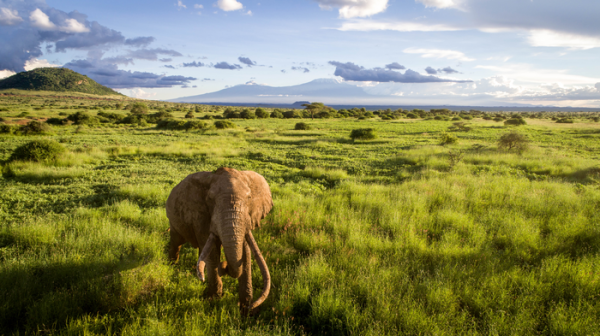New research published in the June 3, 2022 journal Science reveals that 44 percent of Earth’s land area – some 64 million square kilometers (24.7 million square miles) requires conservation to safeguard biodiversity.
The team, led by Dr James R. Allan from the University of Amsterdam, used advanced geospatial algorithms to map the optimal areas for conserving terrestrial species and ecosystems across the world. They further used spatially explicit land-use scenarios to quantify how much of this land is at risk from human activities by 2030.
“Our study is the current best estimate of how much land we must conserve to stop the biodiversity crisis - it is essentially a conservation plan for the planet,” said lead author James Allan. “We must act fast, our models show that over 1.3 million square kilometers of this important land – an area larger than South Africa – is likely to have its habitat cleared for human uses by 2030, which would be devastating for wildlife.”
The work has important policy implications since governments are currently negotiating a post-2020 global biodiversity framework under the Convention on Biological Diversity, with new goals and targets for biodiversity which will hopefully come into effect later this year. This will set the conservation agenda for at least the next decade, and governments will have to report progress against these targets on a regular basis.
Read more at: Wildlife Conservation Society
44 percent of Earth’s land area – some 64 million square kilometers (24.7 million square miles) requires conservation to safeguard biodiversity (Photo Credit: Max Melesi on behalf of Koobi Carbon)


